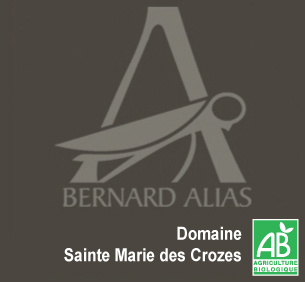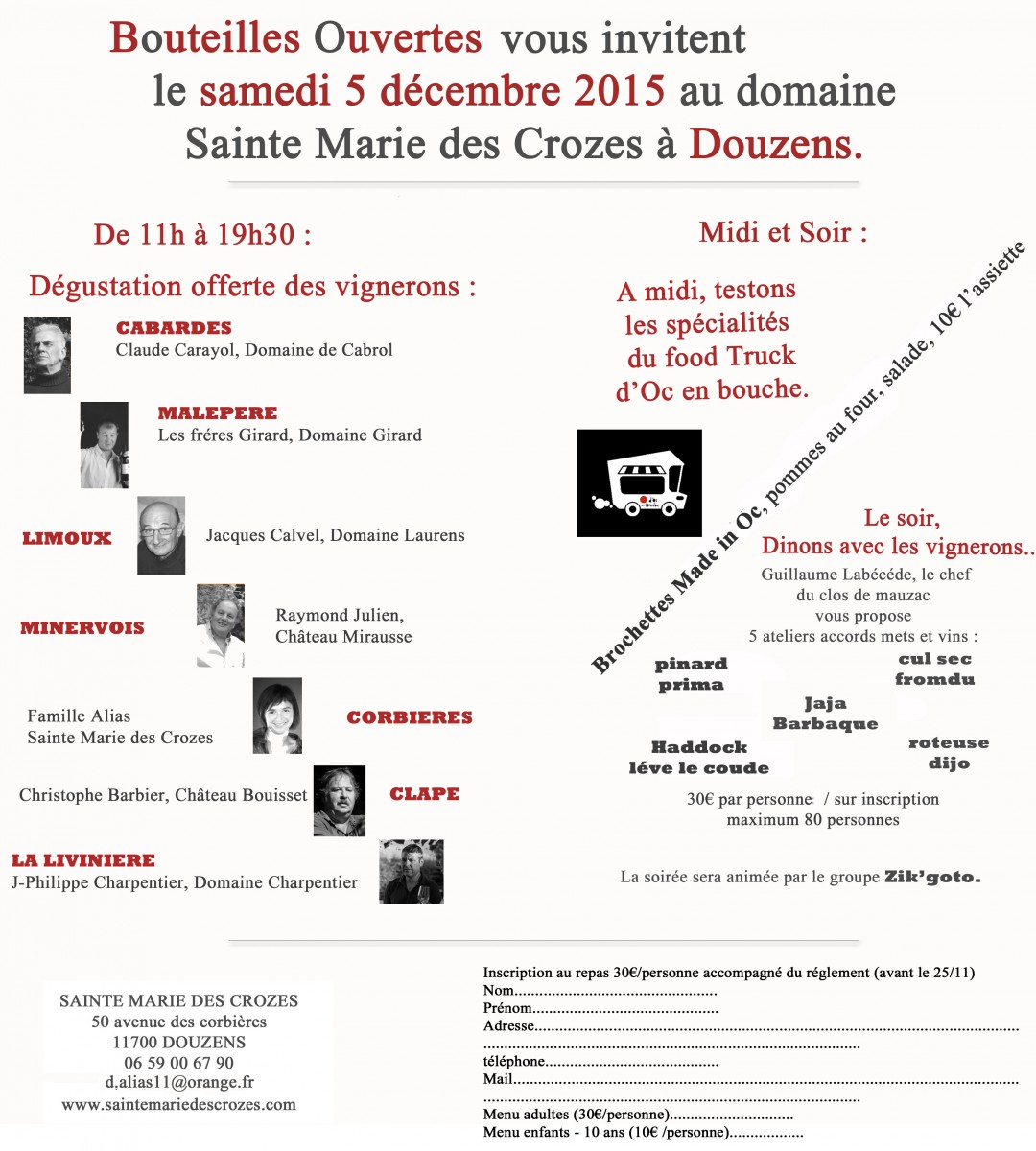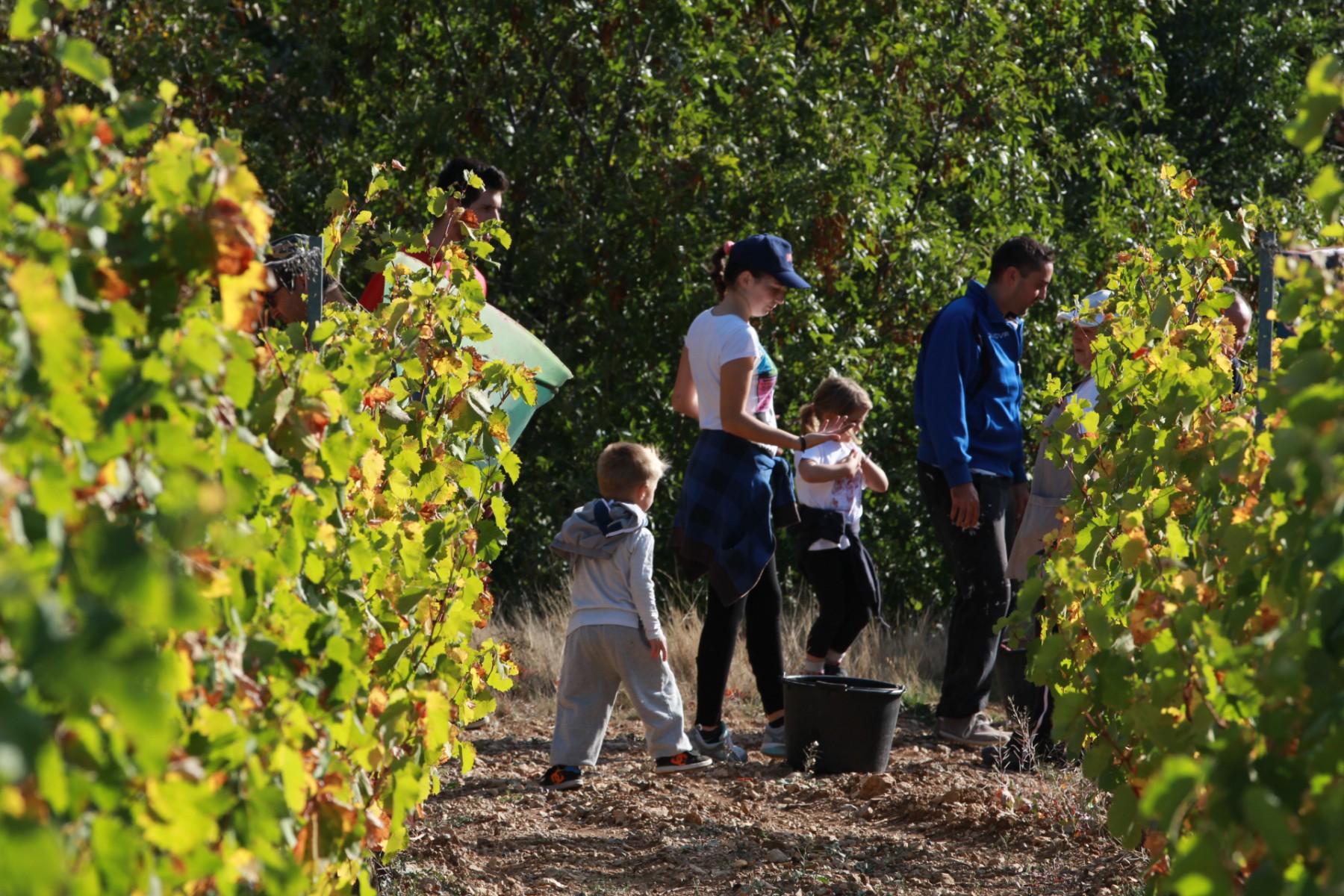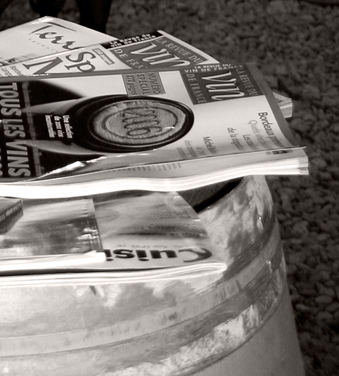GUIDE HACHETTE 2024
Timeo, premier-né de la 6éme génération (de vignerons), à l’honneur dans ce 2021 au nez boisé et mentholé. L’élevage pose sa patte sur une matière puissante, jeune, aiguisée par des tannins au grain sérré qui donne une touche d’austérité à l’ensemble. On ne s’en émeut pas, il évoluera avec grâce.
Naked Syrah ? La syrah « mise à nue », élevée en cuve, au plus prêt du fruit. Fidéles au cépage, les arômes de fruits noirs et d’épices se doublent de violette dans un palais léger, vivace, « desoif », ourlé de tanins granuleux et un rien fermes en finale. Juteux on l’ouvre sur des charcuteries ou une viande rouge grillée.
James Suckling
Cassis, cherries and warm spices on the nose follow through to a medium body with plush tannins. Rich and generous with lots of fruit and a textured finish. Grenache, syrah, carignan and mourvedre. From biodynamically grown grapes with Demeter certification. Drink or hold.
- Hector et Juliette 2021 90/100
Juicy, pulpy and floral red blend of 85% syrah and 15% grenache. The nose shows notes of spiced cherries, dried wood and incense. It’s medium-bodied with fine tannins. All in control with a silky texture at the center and a fresh, mouthwatering finish with violet undertones. From biodynamically grown grapes with Demeter certification. Drink now.
A juicy and straightforward blend of syrah, carignan and grenache. On the nose it shows aromas of dark berries, dark plums and mixed spices. Medium-bodied with creamy tannins and texture. Plenty of berry character, with raw chocolate and a linear finish. From biodynamically grown grapes with Demeter certification. Drink now.
Jancis Robinson
Christelle Alias, who runs this domaine with aplomb, had already made contact and delivered samples to me as early as 2016 – so I really should have visited her outfit long ago. When we finally met this livewire 37-year-old properly outside the office manned by her mother, she greeted us a white T-shirt and cutoffs and immediately swept us off in her Mini Moke to tour her vineyards, but not before complaining of their third year of drought which has particularly affected Grenache.
She has travelled in New Zealand and Australia and speaks excellent English but has no formal training as an oenologist, depending on Mérieux for analysis and advice. She’s the fifth generation to grow vines here but it was her father Bernard, a wine broker in the village with a business that is now managed by her sister Laëtitia, who was the first in the family to actually make wine. (Like most Languedoc growers, before then they took the grapes to the local co-op.)
Today the 35-ha (86-acre) domaine is run by her and her husband, who is specifically in charge of their flock of sheep. She thinks they would be better with just 30 hectares and thinks they should convert some of their vineyard to other crops. Currently, five vignerons are trying to get her to buy their vines, however.
From the zone between the RN113 and the motorway she deliberately makes fairly light wines, the product of short macerations, but for wines grown on the mountain she aims for more complex wines with a longer maceration. She told me they are petitioning the INAO to recognise the special character of Alaric wines. Like her colleagues, she makes quite an array of different wines, 15 in her case, both appellation and experimental. She went first for organic certification and is now Demeter-certified for biodynamics.
Rising alcohol levels have, apparenty, been a big subject for the Douzens growers and they have tried to manage climate change as best they could by planting cover crops to offer competition for the vines and to slow ripening.
‘I have this terroir in my blood’, she assured me before pouring the wines reviewed below in the large recuperated upper floor of an old winery. She is far from the only vigneron to feel the Corbières regulations need some amendment, being especially restrictive for the proportion of resilient Carignan allowed. About her own blends, she says, ‘What I say on the website is what I should do. What I tell you is what I have actually done.’
She has in the past sold some wine to Matthew Clark in the UK but has no long-term importer.
Vines planted five years ago because Christelle Alias loved Galicia and noticed that Albariño did well in the Languedoc in the hands of Laurent Miquel. Certified organic and biodynamic (Demeter).
Very good acidity and recognisably varietal fruit. Definitely a success. (JR)
12.5%
Roussanne, Grenache Blanc, Grenache Gris. Unoaked. Her top-selling wine. Certified organic and biodynamic (Demeter).
Lots of pure, well-balanced fruit and some minerality. Just enough acid. The structure is such that I would not have been surprised to learn there had been a little oak influence. (JR)
13.5%
100% Roussanne from their highest vineyard at 350 m quite a way up the Montagne d’Alaric. 50% barrel aged and 50% in sandstone jar which results in less oxygen but more lees contact apparently. Released a year ago. Certified organic and biodynamic (Demeter).
Slightly medicinal and bitter – rather atypical for the variety but ‘interesting’. Long and it may well develop into something even more appealing. (JR)
13.5%
100% 60- to 80-year-old Carignan (Noir) and therefore not allowed the Corbières appellation. There’s no problem ripening it here even though it’s a relatively late-ripening variety. ‘Carignan has benefited from the warmer summers of the last five years’, according to Christelle Alias whose baby Oscar, born on the first day of harvest one year, gives his name to this wine. Certified organic.
Very fresh, sweet fruit that’s not at all sharp like so many earlier-picked, younger-vine, higher-yielding Carignans. Convinces me that not all Carignan round here is forgettable! (JR)
14%
40% carbonic-maceration Cinsault, remainder mostly Syrah and a touch of Grenache. Aiming for low tannin. Certified organic and biodynamic (Demeter).
Really bright, sweet red-cherry fruit. A very successful red for early drinking. (JR)
14%
100% Grenache Noir (20% saignée that is added again at the end of fermentation). ‘A touch of barrel’, according to Christelle Alias. She’d like to make a lower-alcohol version but it’s difficult with Grenache. From the fresh, gravelly foothills of the Montagne d’Alaric plus one younger vineyard on clay near the A61 autoroute. Certified organic and biodynamic (Demeter).
Very sweet, charming, meaty and varietal. Lovely balance. Long and transparent. (JR)
14%
40% carbonic-maceration Carignan, with 40% Syrah and 20% Grenache traditionally vinified. Label shows three generations, left to right, Hector, his son Hervé and his son Jean Alias (uncle of Christelle). Certified organic and biodynamic (Demeter).
Deep crimson. Extremely fruity impression initially and then it becomes a little pinched on the end. Quite marked acidity. (JR)
13.5%
‘Not a vintage to keep but very interesting for the 90% of consumers who drink their wine young’, according to Christelle Alias. Syrah with a touch of Grenache aged in barrels of assorted ages up to five years old. Certified organic and biodynamic (Demeter).
Ripe fruit and black pepper on the nose. A little tight on the end still and a bit less concentrated than some earlier vintages but it’s long with silky tannins. (JR)
13.5%
Grenache, Syrah, Carignan, Mourvèdre. Fruit grown mainly just north of the autoroute on clay that generally produces complex wine. Fermented in 500-litre old barrels, open at the top, all work by hand. Then the barrels are closed and the wine aged for 1 year. Certified organic and biodynamic (Demeter).
Glossy Syrah dominates the nose, polished tannins the palate. Juicy, fresh. (JR)
14%
‘Now we get to the funky part’, says Alias who makes a different experimental wine for this label every year. 100% carbonic-maceration Mourvèdre, grapes picked by her son’s football team. Certified organic and biodynamic (Demeter).
Sweet, juicy and relatively light and fresh for a Mourvèdre. Tastes like liquid treacle toffee. (JR)
14%
80% the Syrah that would otherwise have gone into Hector et Juliette and 20% Roussanne from the mountain vineyard. ‘I wanted to give the Syrah some wings’, says Alias. Certified organic and biodynamic (Demeter).
Most unusual! And a very successful blend. Perhaps there should be more blending of red wine and white wine grapes. Racy and transparent. A little nervy but definitely worth investigating. (JR)
14%








